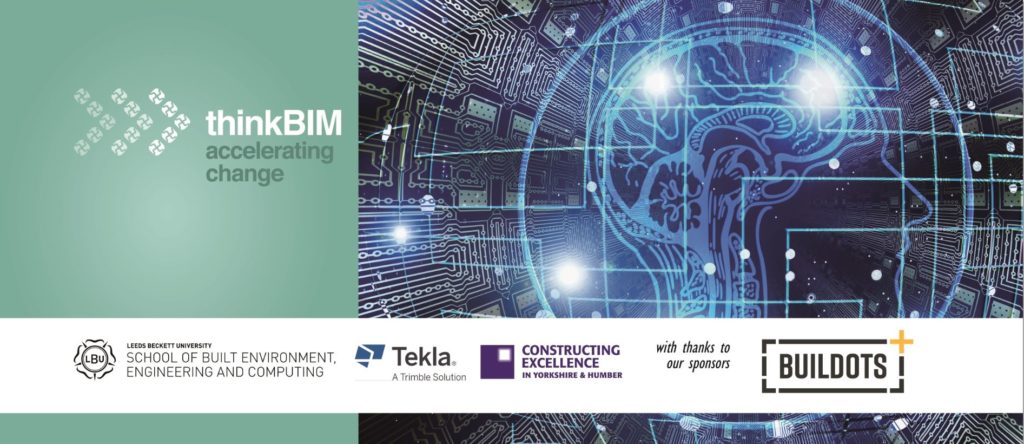thinkBIM thinking BIG!

Once again, the thinkBIM team took a step outside their Yorkshire comfort zone, holding an event yesterday evening in the City of London offices of law firm Addleshaw Goddard. Several of the Yorkshire regulars made the journey south, joining around 70 other delegates, ranging from BIM beginners to BIM experts, to listen to Professors Tim Broyd and David Philp, plus Graphisoft’s Adrian Girling, as they talked about the journey towards BIM Level 3 and about cloud computing.
 There was, I think, some disappointment that Level 3 wasn’t more clearly described. Tim Broyd gave a witty overview of the need for BIM and the journey to date, covering the Government Construction Strategy, the BIM Protocol, PAS1192 parts 2 and 3, etc. (“but fine words butter no parsnips”, i.e.: let’s get on and do it), and making some comparisons between construction and aerospace. David Philp opted for different comparisons, using advances in washing machine technology to show how major productivity gains and lifestyle changes can be achieved, and describing how digital photography has made film almost obsolete (“it’s about digital transformation, it’s about big data, it’s about automation, lean thinking”). He then touched on some of the potential attributes of Level 3 BIM working: future-proof, online, transparent, self-checking, secure (just the first five of a long list). And Adrian Girling mainly focused on his company’s (proprietary – Boo!) BIMcloud technology showing the potential of online environments for hosting BIM data.
There was, I think, some disappointment that Level 3 wasn’t more clearly described. Tim Broyd gave a witty overview of the need for BIM and the journey to date, covering the Government Construction Strategy, the BIM Protocol, PAS1192 parts 2 and 3, etc. (“but fine words butter no parsnips”, i.e.: let’s get on and do it), and making some comparisons between construction and aerospace. David Philp opted for different comparisons, using advances in washing machine technology to show how major productivity gains and lifestyle changes can be achieved, and describing how digital photography has made film almost obsolete (“it’s about digital transformation, it’s about big data, it’s about automation, lean thinking”). He then touched on some of the potential attributes of Level 3 BIM working: future-proof, online, transparent, self-checking, secure (just the first five of a long list). And Adrian Girling mainly focused on his company’s (proprietary – Boo!) BIMcloud technology showing the potential of online environments for hosting BIM data.
From the presentations and ensuing discussion, BIM debate still tends to focus on the technology and data challenges, while clients and the industry desperately need to look at the whole process if they are to make the required step-change. David was adamant that clients must clearly define the purpose of their built assets and then insist their supply chains deliver appropriate sets of information to support that purpose. As an industry we are still, to use Tim’s words, activity-driven rather than information-driven. The Level 3 future will look beyond the physical asset. Joined-up thinking and linked data will be an explicit client requirement (client HS2 will buy data) – vital for assessing assets’ efficient operation and performance, and about how they deliver the desired economic and social outcomes (Tim neatly summed up the new thinking needed: “Let’s measure the things we value rather than value the things we can measure”), embracing Smart Cities, smart buildings and even smart components and smart materials.
OK, it’s all big picture stuff, but the industry will not change without setting grand ambitions. Level 3 is plainly not just about BIM, but about embarking on a radical overhaul of antiquated industry practices and outdated conventions.
Presentations from the evening
Addleshaw Goddard Introduction
Author: Paul Wilkinson, Director at pwcom



